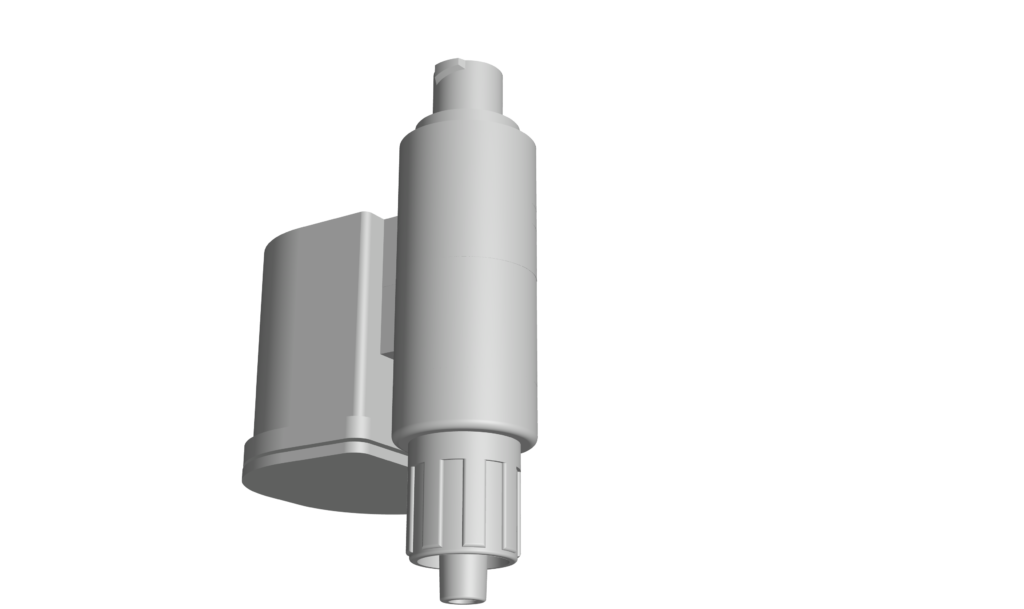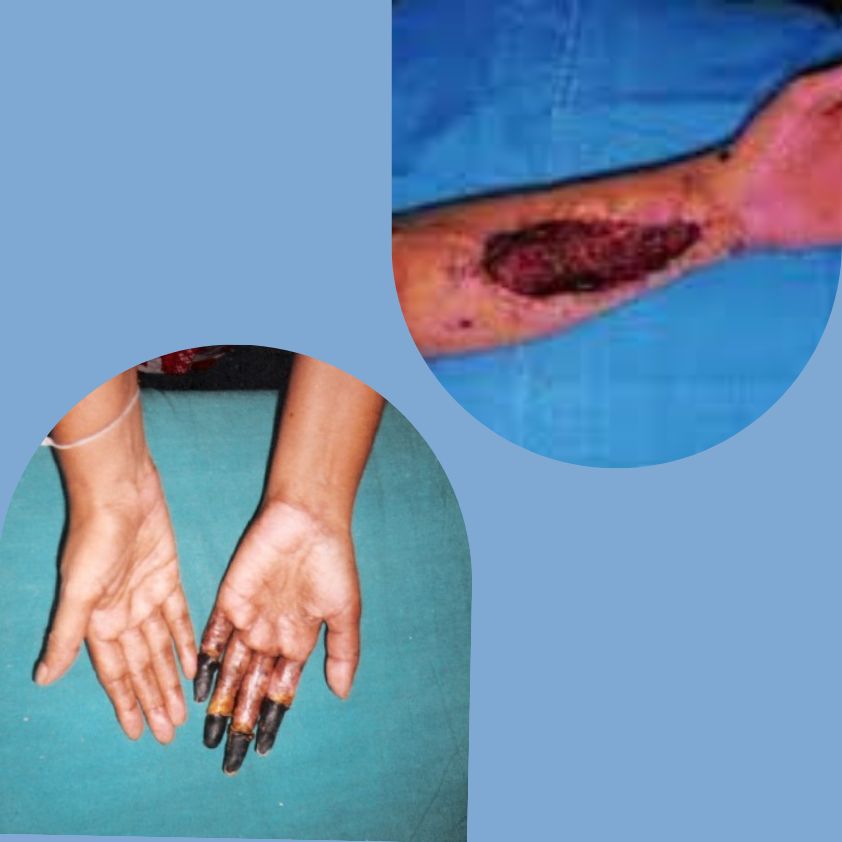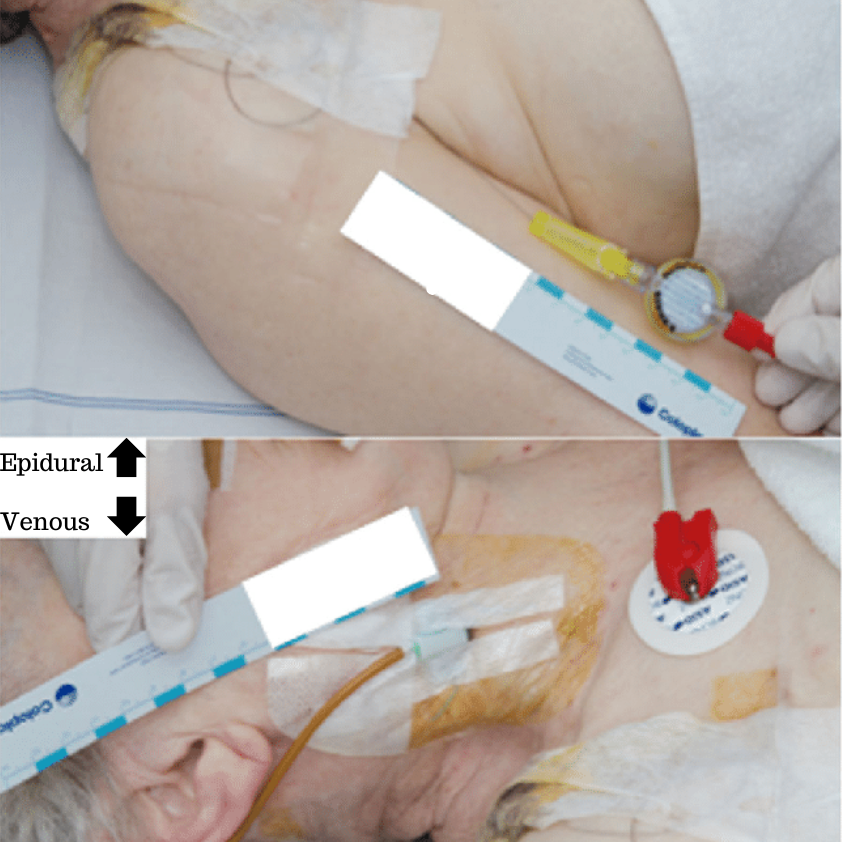Problem & Solution
Why inSafeJection?
Learn about the adverse events resulting from wrong route drug injections into arterial and epidural lines, as well as the current approaches to prevent them.
Different approaches to minimizing the risk of injection errors
Comprehensive Safety for At-Risk Injection Ports

inSafeJection can connect to any at-risk port, including arterial lines, epidural lines, and all associated connectors and ports. It alerts healthcare professionals with an advanced alarming system, ensuring enhanced safety and preventing errors.
Partial Prevention of Wrong Route Drug Injection

Color-coded connectors are widely used to prevent wrong route drug injections by alerting healthcare professionals with specific colors, such as red for arterial lines and yellow for epidural lines. These connectors are popular because they can be used in any situation (unlike the NIC). However, they only partially prevent wrong route drug injections, as their effectiveness relies on the awareness of healthcare professionals.
Prevent Unintentional Injection Into Sampling Port of Arterial Line

NIC Advantages
- It prevents the accidental administration of medication into the arterial line from sampling port
- It reduces the risk of bacterial contamination
- It stops blood spillage during sampling
NIC Disadvantage
- Being a one-way valve, it only prevents sampling errors in the arterial line
- It cannot be used for flushing the arterial line
- It does not prevent unintentional injections into the epidural line



